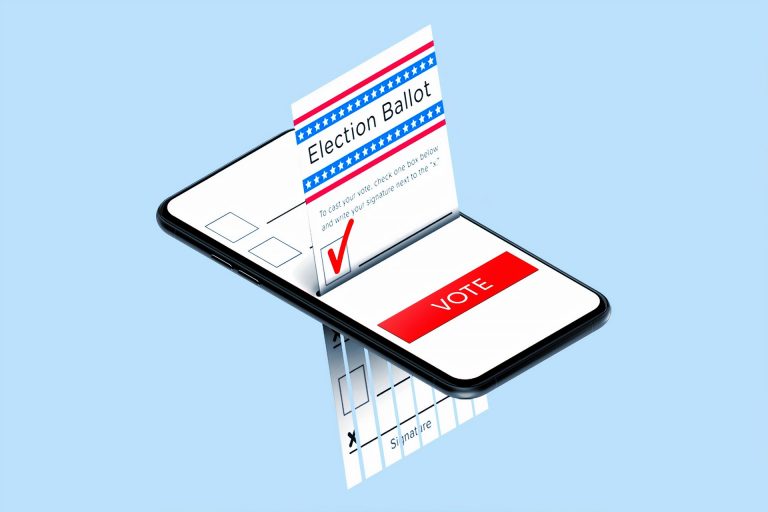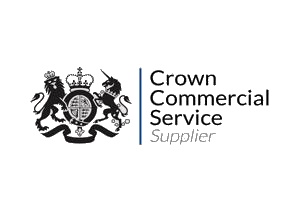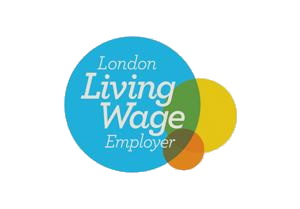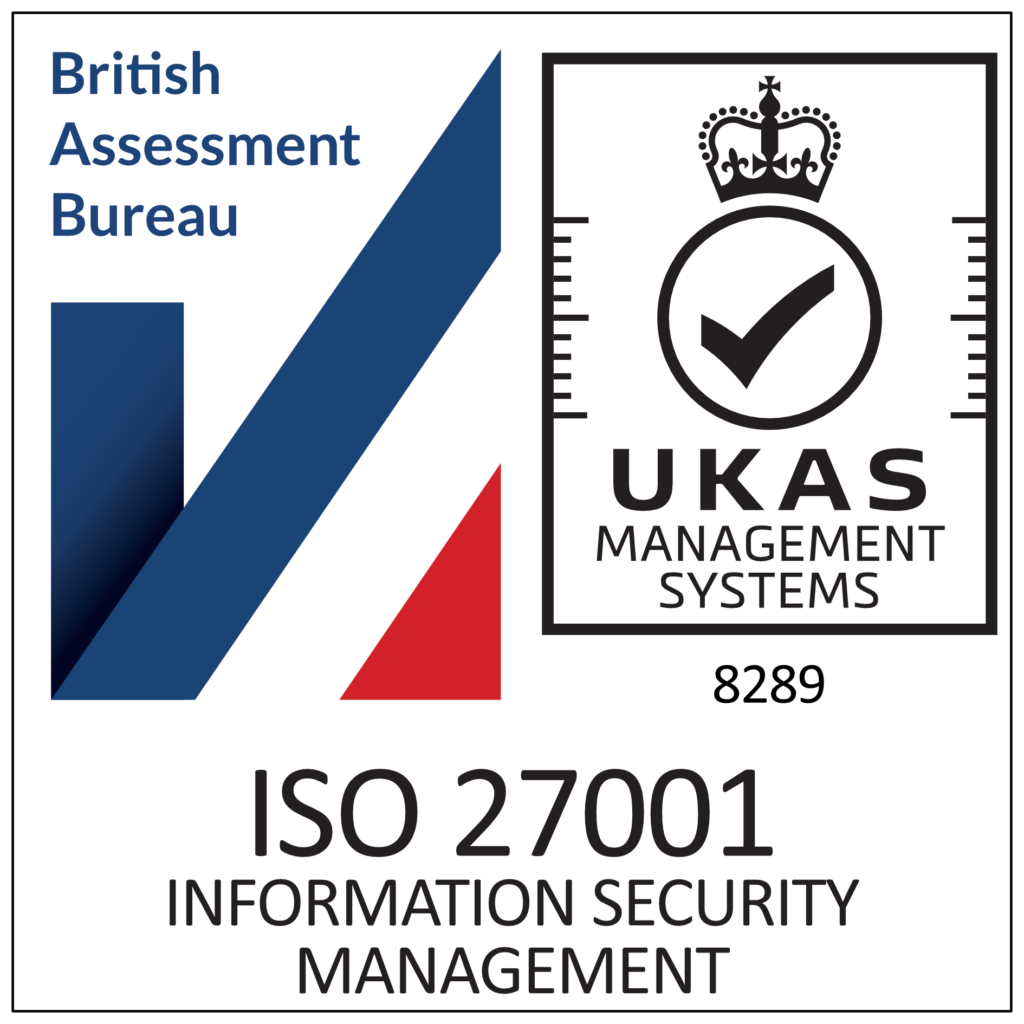Common myths about online voting
Published on July 3rd, 2020 for College Green Group.

Sophia G. is Head of Research at College Green Group and Resident Blogger covering all sections of the business.

Over the last two decades, online voting technology has evolved dramatically. It has turned into a proven solution that addresses the challenges of voter disengagement and low participation. As with many new technologies, there are many myths and incorrect perceptions about online voting. Here are a few of the main ones:
Myth: Online voting is very expensive and complex
Reality: In fact, online voting actually helps reduce election costs and complexity. This is due to less ballot printing, staff requirements, mailing requirements etc. The set up of online voting takes no longer than other channels, and results in vote recounting that is markedly more accurate. Vote recounting is also less prone to human errors and more timely as it is done by a data processing system and not by individuals.
Myth: Online voting will be more difficult to access by different voting communities
Reality: Unlike paper or postal voting, online voting gives typically disenfranchised vote, (like the elderly, overseas, disabled and remote voters) the chance to vote on equal terms, in a user-friendly, accessible and secure way. The only thing they need is an appropriate device and an internet connection.
Myth: Online voting compromises the privacy of one’s vote and the voter’s privacy
Reality: Online voting technology ensures vote privacy through the encryption of votes on the voter’s device, and not passed in clear text mode at any stage of the voting process. Their votes are only decrypted by electoral authorities. Additionally, the use of advanced technology, cryptographic mixnets, shuffling and re-encrypting/ decrypting votes which breaks the correlation of votes to voters. Such a process ensures voter privacy is never compromised.
Myth: Online voting makes it possible for someone to modify someone else’s vote and send it over the internet
Reality: Once voters submit their ballots, they are encrypted and digitally-signed on their device. They remain encrypted and signed when transmitted, until the counting process. Therefore, this ensures if the transmission channel is ever compromised, the vote cannot be altered as it is securely encrypted.
Find out more about what College Green Group can do for you?
Contact us now for a free consultation by entering your details below:



